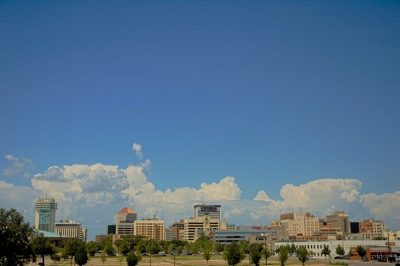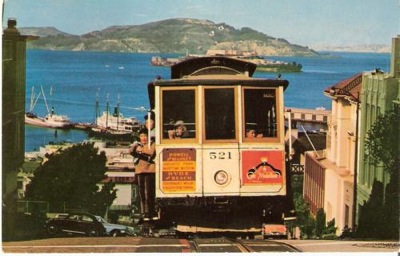Note: This is the first of what may become a series of interblog debates between the Antiplanner and Charles Marohn of the Strong Towns Blog.
Many opponents of low-density suburbs — areas they derisively call “sprawl” — argue that Americans would not have chosen to live in such areas unless they were subsidized or forced to do so. One of the most important such subsidies, they claim, is the Interstate Highway System.
“For more than a generation,” argues former Milwaukee Mayor and current head of the Congress for the New Urbanism John Norquest, “urban sprawl sprung up with federal assistance [such as] excessive road building . . . that interfered with the free market.” He adds that, “urban superhighways should be relegated to the scrap heap of history.”
Would our cities look a lot different if the federal government had not built the urban interstates (which were the first major urban highways built with federal assistance)? I argue that the differences would be minor.









